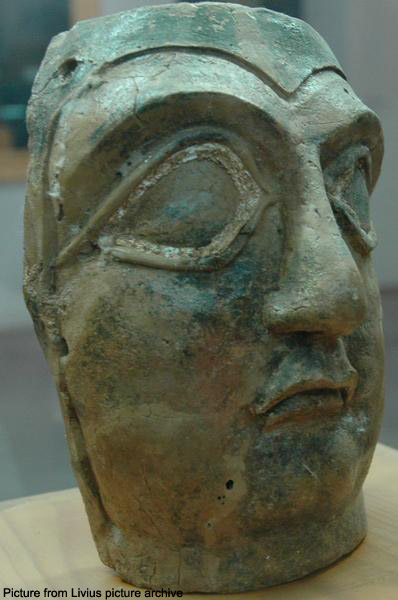Haft Tappeh (seven mounds) is an archaeological site in Khuzestan Province, while its visible 14 main mounds rest 10 km southeast of Susa. At this site, the remains of the Elamite City of Kabnak, an important political and religious center during the reign were discovered in 1908. Constructed by Tepti Ahar the king, ruling in the 15th Century BC, as a royal complex of ziggurats, palaces, temples and royal tombs in mid 14th century BC, it adorned the ‘roaring’ city of Tikni. He may also have been buried in the city. After his death the center of power returned to the old capital Susa.
The two royal catacombs for the king and his queen, probably hold the world’s first vaulted roofs, predating the arches of ‘Chogha Zanbil’ by about 2 centuries. Within the two royal tombs 35 skeletons, sacrificed for the king, as well as a clay sarcophagus covered with bitumen and containing burial urns were unearthed.
In the construction of the complex baked and sun-dried clay bricks were used, clay and gypsum mortar being applied between them respectively. Gypsum was also used to plaster the walls which helped to keep the bricks dry from the high subterranean water level.
Archeologists have found an inscription for Tepti Ahar and a two-plug kiln both for firing the pottery and melting the iron, also numerous stone tools, measuring stones, dishes and blades.
The jewelry discovered at the site includes necklaces and pendants along with circular and quadrangular buttons made of bones and faience, according to CHN. Mosaics made of bone and bronze have been also found which indicate geometrical patterns.
Earlier remains that have been uncovered include coarse pottery from 6th millennium BC, painted pottery from 5th, mid 4th and 2nd millennia BC. A wall from third millennium BC was also among the finds and many clay cuneiform tablets, seals, terracotta Sardis (statues of head).


